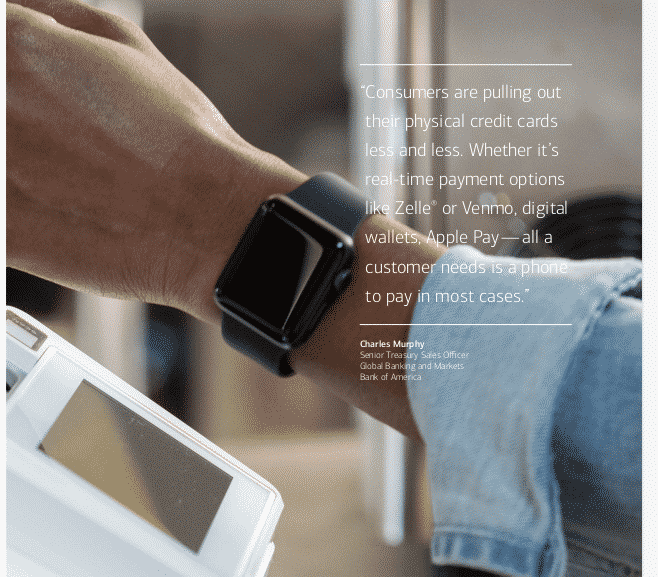
State of Restaurant Industry
A pretty sensible look at restaurants by Bank of America analysts in November 2021. Here BoFa link
Many restaurant operators adjusted operations, added technology and trimmed expenses. The past 18 months have ushered in new options for restaurant dining, or accelerated industry trends:
- curbside pickup, delivery,
- contactless payment (card, phone or digital),
- alcoholic beverages to go,
- ghost kitchens,
- smaller dining rooms.
- digital sales will make up more than half of quick-service and limited-service restaurant sales by 2025, a 70% increase over pre-pandemic estimates, while delivery’s share of sales is forecasted to grow to
23% by 2025.6
In Brief
- Momentum is positive
- Large chains increased market share
- 20% growth
- Section on Labor Issues
- Supply Chain and Wage Pressure
- Typical McDonalds Franchisee Profile (think drive-thru)
- Investors view
- Section on Panera Bread and digital expansion
- Payments and Treasury innovations
- ESG and D&I
- The Future
Excerpt
Although 2020 was its most challenging year in recent history, the restaurant industry adapted, innovated and has rebounded in 2021.Cristin O’Hara, restaurant head for Bank of America, says, “Ironically, we thought 2020 would be dire. But right now, there are so many folks that are in such a healthier position because they had to dig deep, even while panicking. They had to face hard questions: How do we deal without a dining room? How do we find other ways to gain revenue? Operators were forced into different modes. They were looking at expenses with a fine-tooth comb.” “And ultimately, most restaurants may be in a much healthier position because they had to go through that painful process. Most restaurants were able to figure that out.”
According to BofA Global Research economists, consumers ramped up spending this year. Part of that was driven by the extraordinary amount of stimulus that hit the economy in the beginning of the year. That was coupled with a reopening of the economy this spring, which saw consumers back out spending, particularly spending on leisure. There was a very meaningful acceleration in travel, and in restaurants, particularly on in-person dining. That stayed at a very healthy clip until midsummer, right around July, when we started to see some moderation in consumer spending. We mostly saw that moderation in travel, but we even saw some of that slowdown in restaurants.1
After that summer slowdown, BofA Global Research economists anticipate that to the extent that people feel comfortable going back out and engaging in in-person activities, we should see a minibalancing in terms of leisure activities. Maybe not quite as dramatic 2 as we experienced in the spring and early summer when there was so much pent-up demand, but we still think today there is a lot of demand out there — from people who were waiting on the sidelines and are very eager to go back out and reengage and spend in the economy, particularly in leisure. When we look at the Bank of America aggregated card data, and dig down into the data and pull out spending on restaurants and bars on a two-year comparison relative to 2019,spending is up 20%.2
Wally Butkus, partner and analyst with Restaurant Research, uses same-store sales as the best benchmark of industry health. Looking at the second quarter of 2021 compared to 2019, he says, the industry was up 12.8%, representing a high-water mark. “The industry looks more than fully recovered,” he says. Butkus says, “Overall, the rebound is remarkable. To have 120% sales increases, which some of these chains have had, is unprecedented. It took a little while for these chains to reconfigure their strategies, but that’s the advantage the national brands have: They had the technology and infrastructure in place, the top-notch real estate. They’re at a scale to negotiate better agreements with third-party delivery services. For some chains, especially in QSR, which weren’t doing more
than 15% to 20% in dining room sales anyway, they actually have been able to manage their labor better, and are making more money than they have in the past.
“It’s unfortunate for independent restaurants, but national brands are taking market share.” The recovery is more impressive when considering the numbers: The restaurant industry chalked up $659 billion in sales during 2020, down $240 billion from expected levels, according to the National Restaurant Association, with 110,000 restaurants across the country temporarily or permanently closed.3
Here is full 15-page report
2021 BOFA State of Restaurant – state_of_restaurant_industry_2020-21-compressed
Related Posts
